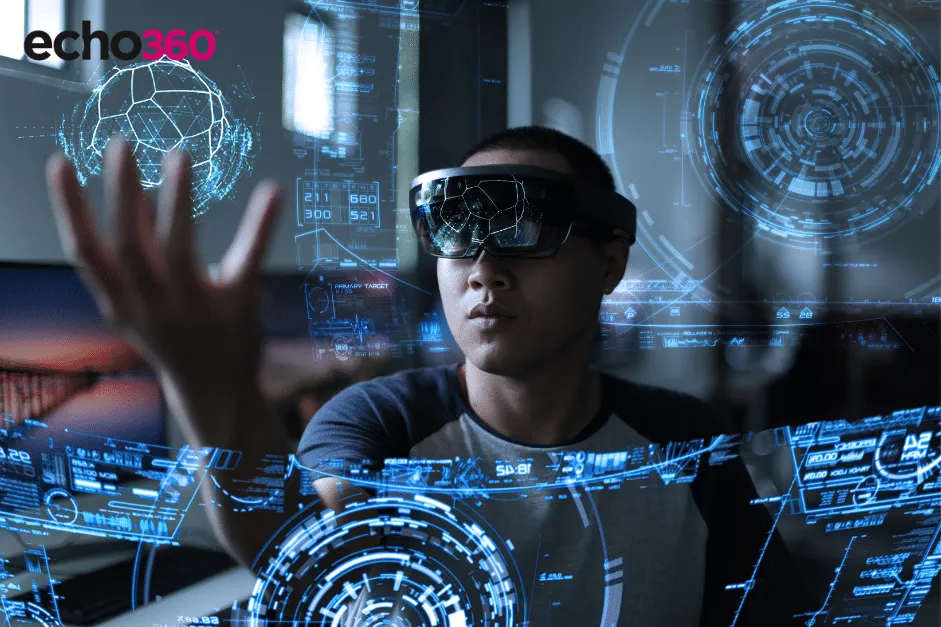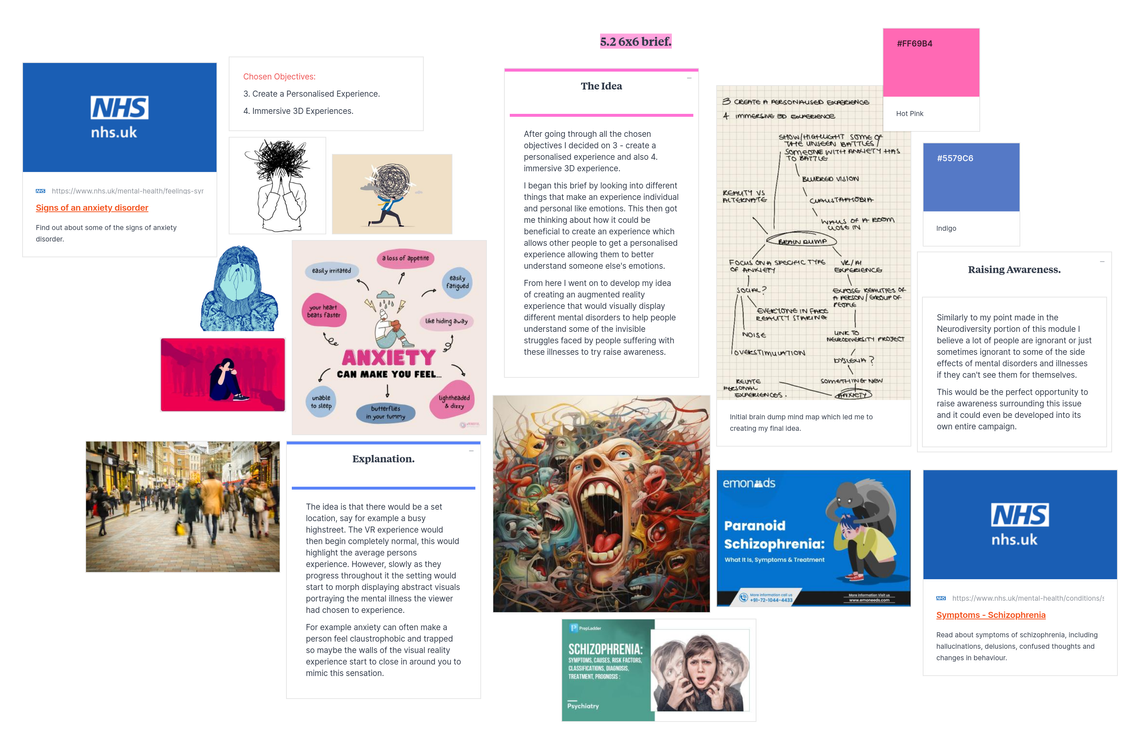information about projects researched for dyslexia project (making people aware of the struggles dyslexic people face interacting and moving through public spaces.)
features copy and pasted research not all my words (references at the end)
Info about how projectors work
DLP projectors use a tiny micromirror chip. Each micromirror represents a single pixel in the projected image. The mirrors can tilt either on or off, reflecting light towards the projection lens or away from it. A color wheel rapidly spins in front of the light source, creating sequential colors that are reflected by the micro-mirrors to form the final image.
LCD projectors, use three LCD panels – one each for red, green, and blue. The light source shines through the panels, and each panel controls the amount of light that passes through based on the digital signal it receives.
Projectors often have built-in image processing features that can help to improve the quality of the projected image. These features may include:
* Keystone Correction: This corrects for trapezoidal distortion that can occur when the projector is not perfectly aligned with the screen.
*Corner Correction: This adjusts the corners of the image to ensure they are square.
*Color Correction: This adjusts the color balance of the image.
Projection Mapping:
Projection mapping is a technique that uses a projector to create an illusion of images on real-world surfaces. This is achieved by carefully warping the image to fit the contours of the surface. Projection mapping is often used for creative displays, such as building facades or stage productions.
Software is used to break up an image into multiple images like a grid, so that each segment can be mapped perfectly onto the desired surface. The outcome is a single, coherent optical illusion. You can create the same effect indoors or outdoors, as long as the setting is dark when it comes to projection time. The aim is to turn a static surface into an interactive display, or to distort and stretch it to influence your audience's perception.
3D Projection
3D projection creates the illusion of depth in a projected image. There are two main methods for achieving 3D projection:
* Active 3D: Active 3D systems use special glasses with liquid crystal shutters that open and close rapidly, synchronised with the projector. The projector alternately projects images for the left and right eye. The glasses block the view of one eye while the corresponding image is being projected, creating a stereoscopic effect that makes the image appear three-dimensional.
* Passive 3D: This approach relies on a patterned screen or filter to separate the left and right eye images. These images are pre-processed to account for the filter and provide a depth effect without requiring glasses.
Holographic Projection
Holographic projection is a technology that creates a three-dimensional image that appears to float in space. However, true holographic projection is still in its early stages of development. Many devices that are marketed as holographic projectors are actually using a technique called "pepper's ghost" to create a holographic illusion.
Laser Scanning Projection
The next frontier in projection technology is laser scanning. This method uses rapidly moving lasers to paint the image point by point, creating a high-resolution, high-brightness display with a wider color gamut.Laser scanning projectors offer several advantages:
* Enhanced Detail: The ability to precisely control each point of light allows for incredibly sharp and detailed images.
* Wider Viewing Angles: Unlike traditional projectors that can suffer from washout at extreme angles, laser scanning projectors offer a wider viewing area with consistent image quality.
* High Brightness: Laser projectors can achieve much higher brightness levels than traditional lamp-based projectors, making them ideal for well-lit environments.
CONCLUSION
If we were to use a projector to have the glitches and animations over signs, projection mapping seams like the best option as it can be warped and folded onto the different surfaces in different areas. A negative to this we didn't consider is that it couldn't really be used in bright daylight so something else would have to be done. 3D projection could also really interesting but possibly not the best option due to it being a new technology. But theoretically being able to walk around and have projections of what it's like to read could be really cool.
REFERENCES
https://www.linkedin.com/pulse/projector-technology-explained-marius-mihaescu-b-e-e-cts-cbt-a6s0e#:~:text=Projection%20mapping%20is%20a%20technique,building%20facades%20or%20stage%20productions.
https://basa-studio.com/stories/what-is-projection-mapping-technology
https://www.heavym.net/what-projection-mapping-is-and-how-to-do-it/




